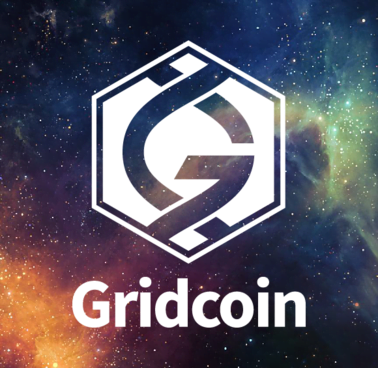With all the new cryptocurrencies that were developed and released this past year, it can be easy to lose sight of some of the lesser-known and older ones. They should not be so quickly overlooked, however, as some of them have extremely interesting ideas worth exploring. One that I’ve been looking into recently is called GridCoin (GRC).
What is GridCoin?
Gridcoin is a peer-to-peer cryptocurrency that was launched in October of 2013. It is currently ranked 313th on Coinmarketcap and is worth about US$0.06. Like many coins that followed Bitcoin in the first few years, GRC has had a strong focus on the environmental impact of mining. Gridcoin attempts to distribute new coins in a fairly unique way, Proof-of-Research. Rather than miners competing to discover a nonce, network contributors are rewarded for contributing their computational power to solving scientific computations on the Berkeley Open Infrastructure for Network Computing (BIONC). It also uses a proof-of-stake scheme.
Gridcoin’s supply schedule is a bit more complex than that of most other cryptocurrencies because of the former’s unique, hybrid consensus algorithm. The overall 6.5% inflation rate is the sum of 5% from research payments for contributing computational effort and 1.5% for staking and securing the network.
The project’s creator is Rob Halförd, and it uses the familiar MIT License for open-source projects. It has a fair amount of commits on its GitHub repository, which is something I always like to see from a project, and 33 contributors.
Its website and logo have also undergone a bit of a revamp since I first heard of this project a few years ago. The site is helpful in getting everything set up to get started, and also links to its community presences.
What I love about Gridcoin is that it is focused on working toward the common good through cryptocurrency and cryptography. Too often we see individuals and actors in this space acting entirely selfishly. However, contributing to Gridcoin often means contributing to BIONC, which means contributing to a whole slew of worthwhile projects. Incentivizing pooled resources for the greater good is something I can really get behind, for obvious reasons. I think that this is the direction a lot of research institutions will be going in, augmenting their centralized computational resources with decentralized networks. It would not only add power to their networks, but also further secure their research in the event of a central failure. It just makes sense.

